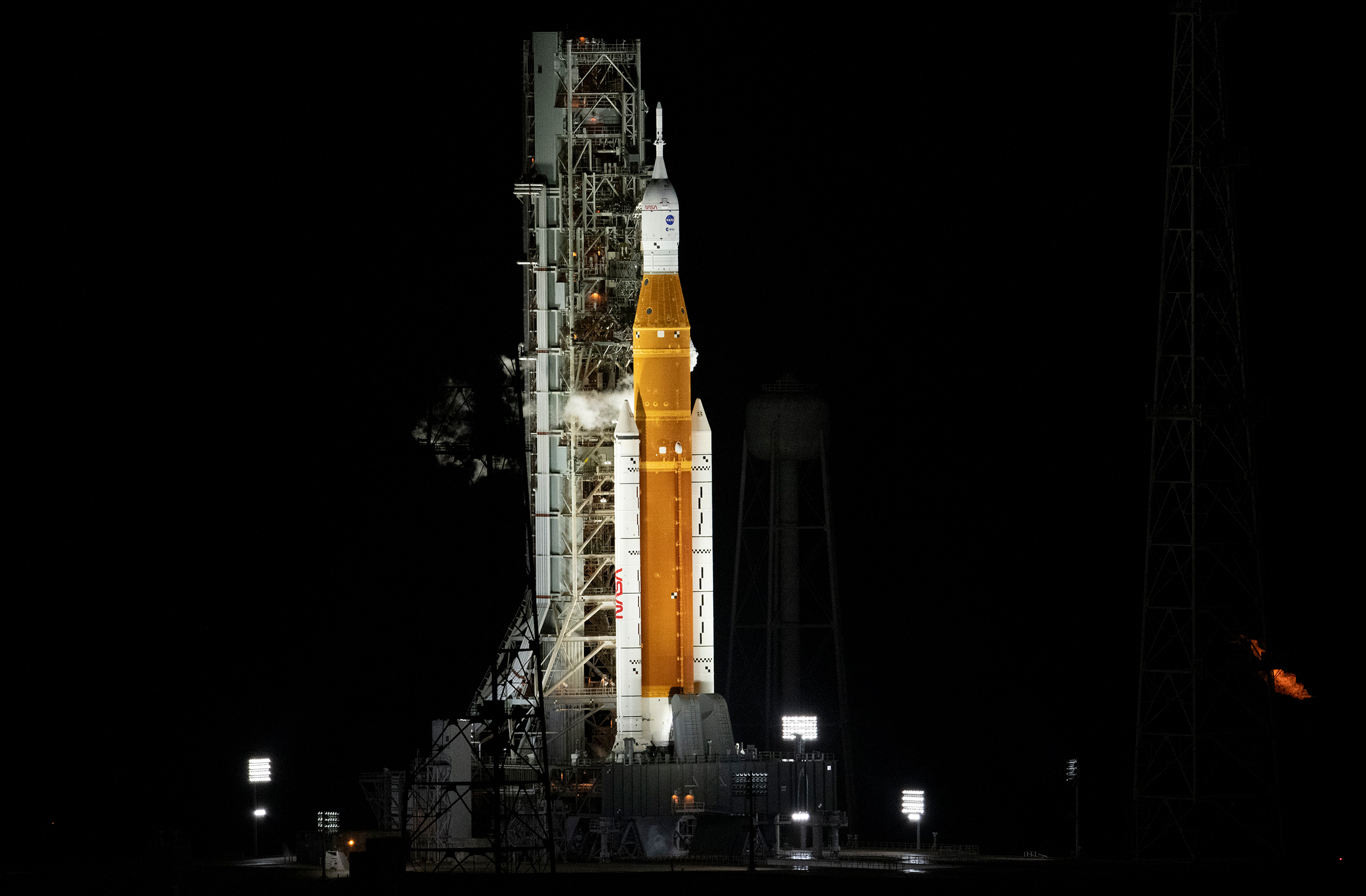Until now, history’s most powerful rocket was the Apollo program’s Saturn 5, which put out a prodigious 7.5 million lbs (3.4 million kgs) of thrust when its engines were lit. But when NASA’s new Space Launch System (SLS) thunders off the pad, six engines will generate 8.8 million lbs (4 million kgs) of power. The more powerful launch system is necessary for the larger spacecraft and heavier payloads that will be required for human exploration of the moon (under the new Artemis program) and Mars, as well as robotic missions to Saturn and Jupiter. In development since 2004, the SLS twice this summer disappointed space watchers when technical issues scrubbed its planned maiden launch. But NASA is determined to get the $4.1 billion rocket off the pad; it’s now scheduled for launch in November. “We’re going to keep to our schedule,” NASA Administrator Bill Nelson says.
- The 100 Most Influential People of 2024
- The Revolution of Yulia Navalnaya
- 6 Compliments That Land Every Time
- What's the Deal With the Bitcoin Halving?
- If You're Dating Right Now, You're Brave: Column
- The AI That Could Heal a Divided Internet
- Fallout Is a Brilliant Model for the Future of Video Game Adaptations
- Want Weekly Recs on What to Watch, Read, and More? Sign Up for Worth Your Time
